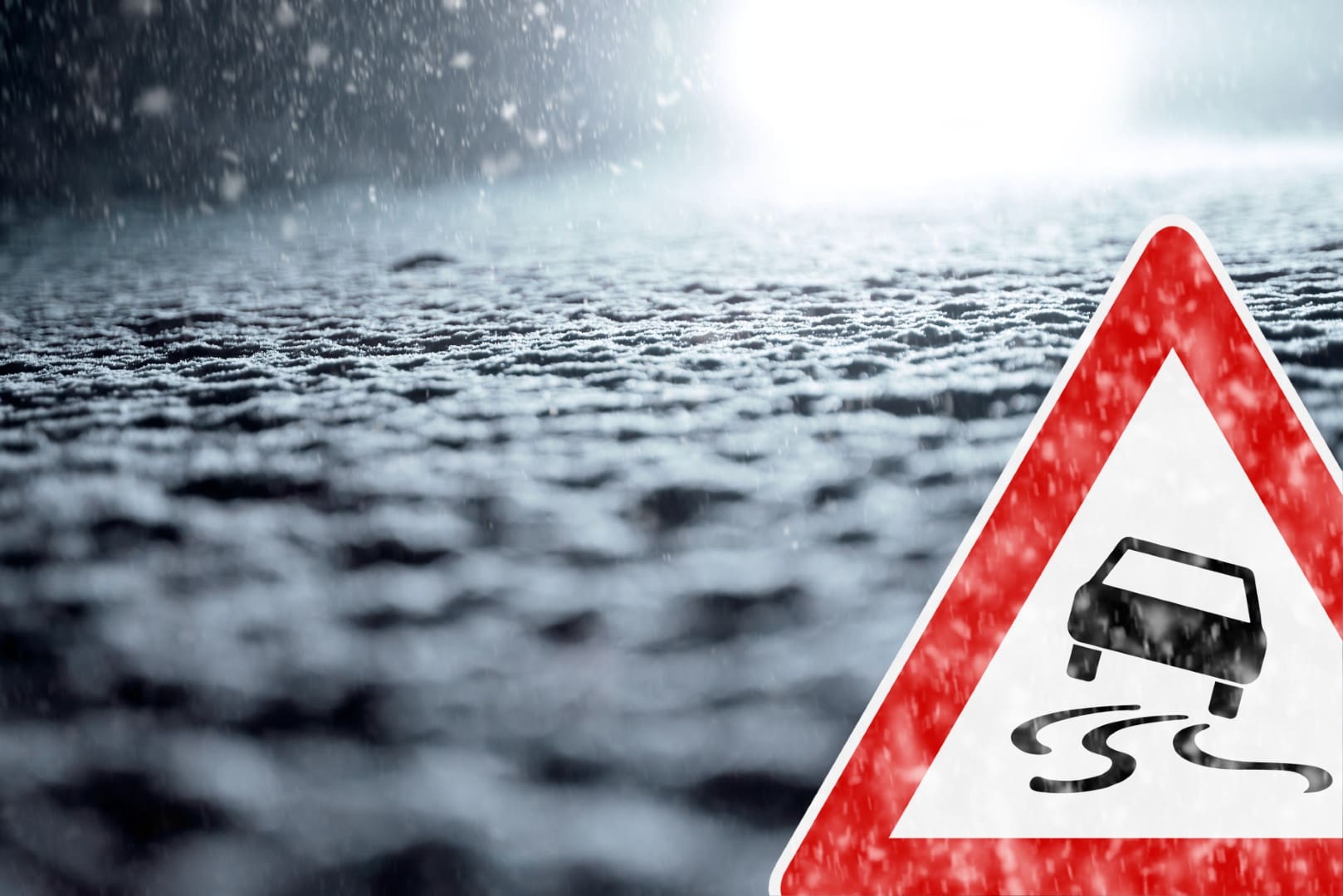
Winter driving is challenging for anyone. But it is especially so for professional truck drivers who operate large, unwieldy vehicles over long distances, through ice, sleet and snow, to maintain their delivery schedules throughout the season.
Below, we’re listing some of the most common driving challenges drivers are likely to experience on the roads this winter – and how to overcome them:
- Remember that in bad winter weather conditions, the posted speed limit is always too fast. To gauge a more appropriate driving speed, analyze the total driving environment, considering factors like road conditions, visibility, traffic volume, wind factor etc. The worst mistake you can make as a professional driver is increase speed to keep up with the rest of the traffic. You’re the pro, not them.
- Keep your CB radio on at all times to stay in constant contact with the outside world. Ask any questions you have about the road in front of you and listen for people giving warnings. In an emergency, other truckers might be able to help you. Stay in communication with someone at all times.
- You will be sharing the road with a lot of car owners who spook at deteriorating road conditions and act irrationally, causing accidents. Then there are the confident ones who are just as prone to making mistakes. Maintain extra distance between you and the vehicle in front to give yourself plenty of reaction time in case something goes wrong. Turn on the lights, even if feel you don’t need them yet. It is important to see, but equally important to be seen.
- Be aware of chain-up rules and if they are warranted, be well-practiced with how to apply them. Standing on the side of the road with an instruction manual in hand in the midst of a blizzard is a terrible idea.
- As a pro driver, it is your responsibility to stay alert to icy road conditions, when there is reduced traction between the tires and the road. Sudden stops and turns or hard accelerations may result in total loss of control, and chances of a skid or a jackknife in such events are extremely high. Adjust speed and resist the urge to accelerate.
- Can you skid while going up a hill? Yes, you can! If you apply too much acceleration on a slick grade, the drive wheels can easily lose traction. If you don’t step off the accelerator right away and reduce speed gradually, the drive wheel may start to spin and slide to the left or right. The entire vehicle may slide off the road, and in extreme cases, slide backwards.
- While driving on a down grade, feathering or stab braking helps to maintain control. If you have to stop or slow down quickly, the stab braking technique is recommended, as you’ll have better control and not risk locking up the wheels.
- The general rule of thumb for starting from a standing stop is to start smoothly. Avoid jackrabbit starts. On wet, slippery roads, select first gear and release the clutch with minimum acceleration. Just after the clutch engages, and the vehicle begins to move, accelerate gradually.
- If traffic condition permits, try to keep your vehicle from coming to a complete stop. For instance, if you see a traffic light up ahead, try to maintain speed in such a way that you will reach just as soon as the light turns green and you don’t have to come to full stop. This will help you accelerate without skidding.
- If you see that a few cars have lost control, don’t try to squeeze past the erring cars, especially on a grade. This is a common mistake. Given the size of your truck, you’re likely to get caught up in the tangle too. Wait until the road is clear and safe for you to drive on.
- Beware of black ice! It is almost invisible and one of the prime causes of accidents. Watch cars in front of you to see if there is spray coming from their tires. If so, then the road is wet and safe. If the spray stops completely, expect black ice and prepare to coast if needed until you regain traction.
- Enter bridges with caution. Elevated structures, such as bridges and highway overpasses, usually freeze first (and have black ice) and many are not treated with salt and sand like the rest of the road.
- Winter conditions can change very quickly. So, you have to know what the weather was like the day before, and not just today. Especially if you’re coming back on a route and basically hitting the road fresh.
- In the unfortunate event that you’re stuck and stranded with no help in sight, stay inside the cab. It is very easy to get disoriented and lost in a snowstorm. Put on all the warm clothes and blankets you packed and stay warm as you call for help. To avoid carbon monoxide poisoning, keep the exhaust pipe clear of snow, and open a downwind window slightly for ventilation. Run your engine for only 10-15 minutes each hour.
Stay safe!



